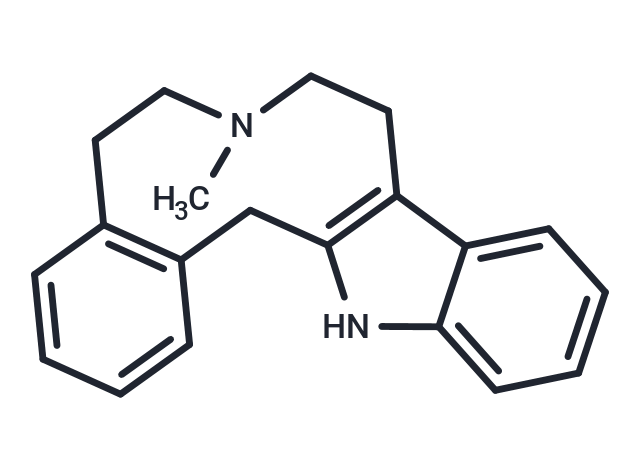Shopping Cart
Remove All Your shopping cart is currently empty
Your shopping cart is currently empty
LE 300 represents a structurally novel type of antagonists acting preferentially at the dopamine D(1)/D(5)receptors and the serotonin 5-HT(2A)receptor.

| Pack Size | Price | USA Warehouse | Global Warehouse | Quantity |
|---|---|---|---|---|
| 1 mg | $89 | In Stock | In Stock | |
| 5 mg | $219 | In Stock | In Stock | |
| 10 mg | $326 | In Stock | In Stock | |
| 25 mg | $546 | In Stock | In Stock | |
| 50 mg | $778 | In Stock | In Stock | |
| 100 mg | $1,060 | In Stock | In Stock | |
| 500 mg | $2,120 | - | In Stock |
| Description | LE 300 represents a structurally novel type of antagonists acting preferentially at the dopamine D(1)/D(5)receptors and the serotonin 5-HT(2A)receptor. |
| Targets&IC50 | D5 receptor:7.5 nM (Ki,Human), 5-HT2A:8.32 (pA2,rat), D1 receptor:1.9 nM (Ki,Human) |
| In vitro | The Kis of LE 300 are 1.9 nM and 7.5 nM in CHO cell membranes expressing human dopamine D1 and D5 receptors, respectively. In a rat tail artery experiment, the pA2 value of LE 300 at the 5-HT2A receptor was 8.32[2]. |
| Molecular Weight | 290.4 |
| Formula | C20H22N2 |
| Cas No. | 274694-98-3 |
| Smiles | CN(CCc1c(C2)[nH]c3c1cccc3)CCc1c2cccc1 |
| Relative Density. | 1.114g/cm3 |
| Storage | Powder: -20°C for 3 years | In solvent: -80°C for 1 year | Shipping with blue ice/Shipping at ambient temperature. | |||||||||||||||||||||||||||||||||||
| Solubility Information | DMSO: <30 mg/mL (103.30 mM), Sonication is recommended. | |||||||||||||||||||||||||||||||||||
Solution Preparation Table | ||||||||||||||||||||||||||||||||||||
DMSO
| ||||||||||||||||||||||||||||||||||||
| Size | Quantity | Unit Price | Amount | Operation |
|---|

Copyright © 2015-2026 TargetMol Chemicals Inc. All Rights Reserved.